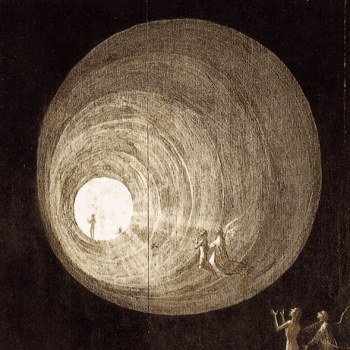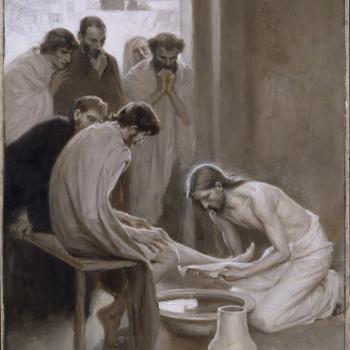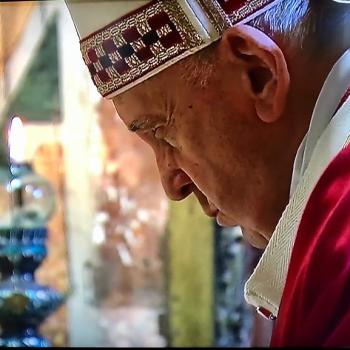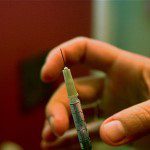We will have a new pope.
Pope Benedict’s resignation becomes effective February 28, at 8 pm. The See of Peter will not be vacant long. In a short time, the College of Cardinals will convene for the Papal Conclave to elect a new pope.
Catholics and other Christians the world over are praying for the Holy Spirit to guide this conclave as they select the man who will lead the Church through the times ahead. This Lent is like no other because of the Holy Father’s resignation and the transition to a new pope.
History is making while we are watching. I pray that this will lead to a new springtime in the Church, a renewal of faith and faithfulness from everyone who bends their knee to Our Lord Jesus.
The following CNA article gives a brief description of the general procedures that the cardinals follow when they are electing a pope. It says in part:
Vatican City, Feb 24, 2013 / 01:12 pm (CNA).- Pope Benedict XVI’s successor will soon be elected during a conclave, a secret vote of cardinals that will occur in the Vatican’s Sistine Chapel next month.
The number of cardinal-electors, who will travel to Rome from across the globe, is limited to 120, and only those cardinals who are not yet 80 are allowed to vote in the conclave.
Conclaves are events of “the strictest secrecy,” to preserve the impartiality of proceedings.
… The cardinals are not allowed to communicate with those outside the area of the election. Only a limited number of masters of ceremonies and priests are allowed to be present, as are two medical doctors. The cardinal-electors stay at “Saint Martha’s House,” a guest house adjacent to St. Peter’s Basilica.
While the papacy is vacant, all the heads of the Roman Curia lose their office, except the Camerlengo – who administers Church finances and property – and the Major Penitentiary, who deals with issues of absolution and indulgences.
The conclave begins with the votive Mass for the election of the Pope in St. Peter’s Basilica. The cardinals then invoke the assistance of the Holy Spirit, and enter the Sistine Chapel.
A well-trusted priest presents the cardinals with a meditation on the problems facing the Church and the need for discernment, “concerning the grave duty incumbent on them and thus on the need to act with right intention for the good of the Universal Church, having only God before their eyes.”
The priest who offered the meditation then leaves the Sistine Chapel, and the voting process begins.
John Paul II allowed for a simple majority for a valid election, but Pope Benedict’s “Constitutione apostolica” returned to the long-standing tradition of a two-thirds majority.
Each cardinal writes his choice for Pope on a piece of paper which is folded in two. The ballots are then counted, double-checked, and burned. The voting process continues until one candidate has received two-thirds of the ballots.
When the ballots of an inconclusive vote are burned, the smoke is made black. If the vote elected a Pope, it is white.
… The man elected is immediately the Bishop of Rome upon his acceptance, assuming he has already been consecrated a bishop. One of the cardinals announce to the public that the election has taken place, and the new Pontiff gives a blessing from the balcony of the Vatican Basilica.
Pope Benedict will resign at 8 p.m. on Feb. 28, and at that time there will be 117 cardinal-electors. (Read the rest here.)












